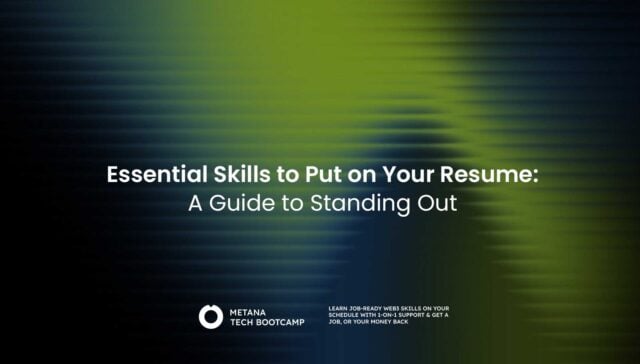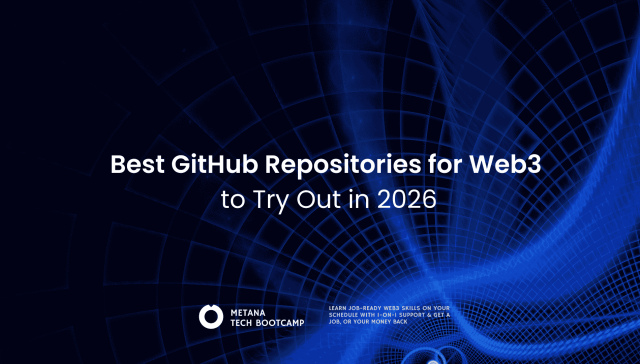The world of Web3 is brimming with promises of high returns and revolutionary projects, driving a wave of excitement among investors and developers alike. Yet, amid this innovation lies a sinister threat that can devastate unsuspecting participants: Rug Pulls. These fraudulent schemes exploit the trust and enthusiasm of investors, leaving them with empty wallets and shattered dreams. In this article, we will delve into the mechanics of rug pulls, provide real-world examples, and outline steps to protect yourself from falling victim to such scams.
The Bait and Switch
Imagine a seemingly legitimate cryptocurrency project with all the bells and whistles: a flashy website, an ambitious whitepaper, and a vibrant online community. Investors, drawn by the potential of high returns and innovative solutions, eagerly pour their funds into the project’s token. However, behind the scenes, the developers have a nefarious agenda.
Once they have amassed a significant amount of investment, the rug pull unfolds in two primary ways:
- Liquidity Drain: The developers withdraw the collected funds from the liquidity pool, often converting them to a more established cryptocurrency like Ethereum. This sudden withdrawal causes the token’s value to plummet, rendering it practically worthless.
- Website Disappearance: The project’s website and social media channels vanish, leaving investors with no recourse and limited information about the perpetrators.
Real-World Ruins
Rug pulls have become a prevalent issue in the nascent DeFi (Decentralized Finance) space. Here are some real-world examples that highlight the devastating impact of these scams:
- The Squid Game Token Scam (2021) Inspired by the popular Netflix series, the Squid Game token project gained rapid traction and saw its value skyrocket. However, it turned out to be a well-orchestrated rug pull, draining millions from investors. The developers made away with the funds, and the token’s value crashed to zero.
- The Millions Lost in Meme Coins Countless meme coins with minimal utility have been launched and subsequently abandoned by developers. These projects often lure investors with humor and hype, only to disappear without a trace, leaving a trail of disappointed and financially strained investors.
Protecting Yourself from the Rug: Strategies and Best Practices
While rug pulls can be sophisticated and convincing, there are steps you can take to safeguard yourself:
- Scrutinize the Team Research the project’s developers thoroughly. Look for real identities, verifiable experience, and active engagement with the community. Anonymity is a major red flag. Legitimate projects are usually transparent about their team members and their credentials.
- Audit Reports Seek projects with independent security audits from reputable firms. These audits can identify potential vulnerabilities or code inconsistencies that might indicate a rug pull risk. Audited projects are generally more reliable, though audits are not foolproof.
- Liquidity Lock Look for projects that lock their liquidity pool for a predetermined period. This reduces the risk of developers swiftly withdrawing funds. Platforms like Unicrypt provide liquidity locking services that can add a layer of security.
- Community Buzz Beware of excessive hype and unrealistic promises. A project with a strong, organic community focused on long-term development is more trustworthy. Engage with the community, ask questions, and observe how the developers respond.
- Code Transparency Review the project’s code if you have the technical expertise. Open-source projects are preferable as they allow the community to inspect and verify the code. Look for any red flags, such as the presence of functions that could enable the developers to drain funds.
Understanding Rug Pull Mechanics
To illustrate how rug pulls can be executed, let’s look at a simplified example of a smart contract that could be used in a rug pull scenario. This example is for educational purposes only and should not be replicated.
pragma solidity ^0.8.0;
contract RugPullToken {
string public name = "RugPullToken";
string public symbol = "RPT";
uint8 public decimals = 18;
uint256 public totalSupply = 1000000 * 10 ** uint256(decimals);
address public owner;
mapping(address => uint256) public balanceOf;
mapping(address => mapping(address => uint256)) public allowance;
constructor() {
owner = msg.sender;
balanceOf[owner] = totalSupply;
}
modifier onlyOwner() {
require(msg.sender == owner, "Not the contract owner");
_;
}
function transfer(address _to, uint256 _value) public returns (bool success) {
require(balanceOf[msg.sender] >= _value, "Insufficient balance");
balanceOf[msg.sender] -= _value;
balanceOf[_to] += _value;
emit Transfer(msg.sender, _to, _value);
return true;
}
function approve(address _spender, uint256 _value) public returns (bool success) {
allowance[msg.sender][_spender] = _value;
emit Approval(msg.sender, _spender, _value);
return true;
}
function transferFrom(address _from, address _to, uint256 _value) public returns (bool success) {
require(_value <= balanceOf[_from], "Insufficient balance");
require(_value <= allowance[_from][msg.sender], "Allowance exceeded");
balanceOf[_from] -= _value;
balanceOf[_to] += _value;
allowance[_from][msg.sender] -= _value;
emit Transfer(_from, _to, _value);
return true;
}
function rugPull() public onlyOwner {
balanceOf[owner] = totalSupply;
balanceOf[address(this)] = 0;
payable(owner).transfer(address(this).balance);
}
event Transfer(address indexed from, address indexed to, uint256 value);
event Approval(address indexed owner, address indexed spender, uint256 value);
}
In this example, the rugPull function allows the contract owner to transfer all the funds to themselves, effectively draining the liquidity and leaving other token holders with worthless tokens. This is a rudimentary example, but it highlights the potential danger of unchecked control within a smart contract.
Conclusion: Rug Pulls
The allure of high returns in the world of Web3 is undeniable, but it’s crucial to remain vigilant and informed. Rug pulls exploit the trust and excitement of investors, causing significant financial loss and eroding confidence in the broader cryptocurrency ecosystem. By scrutinizing projects, seeking audited code, understanding the importance of liquidity locks, engaging with the community, and analyzing code transparency, you can protect yourself from falling victim to these scams.
Remember, the decentralized nature of blockchain technology offers immense potential, but it also requires a high level of personal responsibility. Stay informed, do your due diligence, and invest wisely to navigate the Web3 landscape safely.
FAQs
What is a rug pull in cryptocurrency?
- A rug pull is a type of scam where developers abandon a project and run away with investors’ funds.
How can I identify a potential rug pull?
- Look for warning signs such as anonymous teams, lack of transparency, and too-good-to-be-true returns.
What steps can I take to avoid crypto scams?
- Research thoroughly, verify the legitimacy of projects, and never invest more than you can afford to lose.
Why is it important to use reputable exchanges?
- Reputable exchanges have security measures and protocols to protect your investments from fraud and scams.
What should I do if I suspect a rug pull?
- Report it to the relevant authorities, warn others in the community, and try to recover your funds through legal means.
What are some common types of crypto scams?
- Common scams include phishing, Ponzi schemes, fake ICOs, and pump-and-dump schemes.
How can I verify the legitimacy of a crypto project?
- Check for a transparent whitepaper, a reputable team, and active community engagement.
Why is it important to diversify your crypto investments?
- Diversification reduces risk and exposure to any single point of failure in the market.
What role does community feedback play in crypto safety?
- Community feedback can provide insights and warnings about potential scams and fraudulent activities.
How can staying informed help prevent crypto scams?
- Staying informed about the latest scams and security practices helps you make better investment decisions and stay safe.








